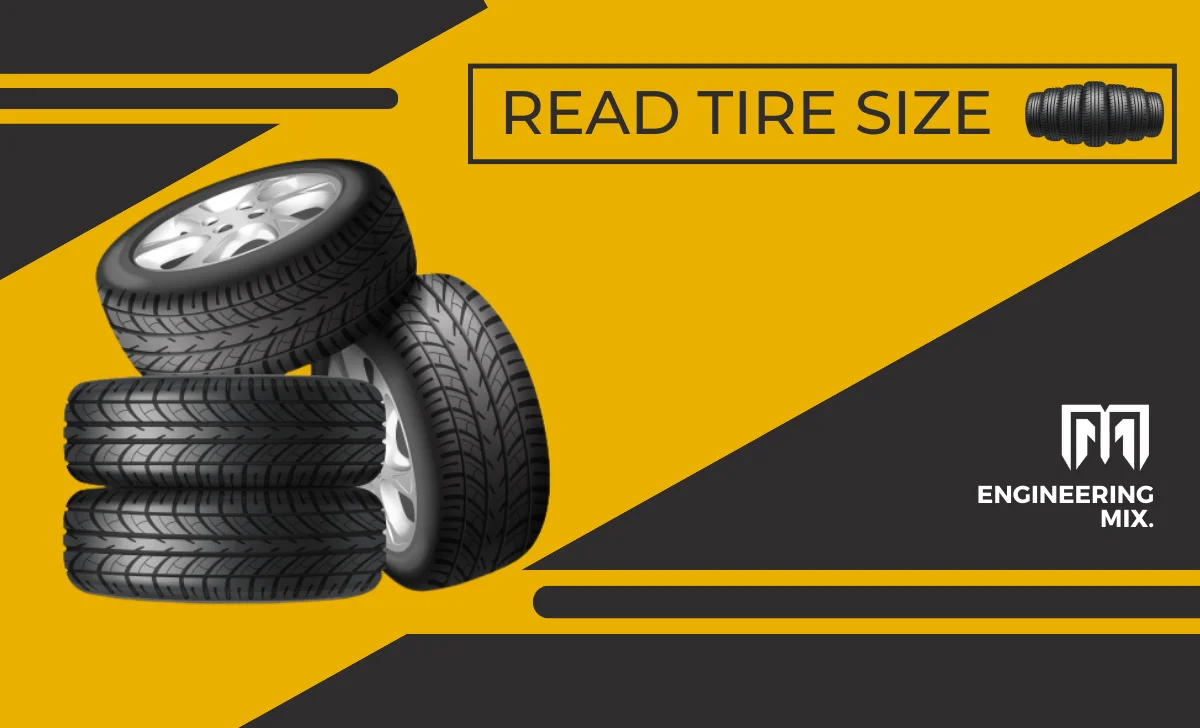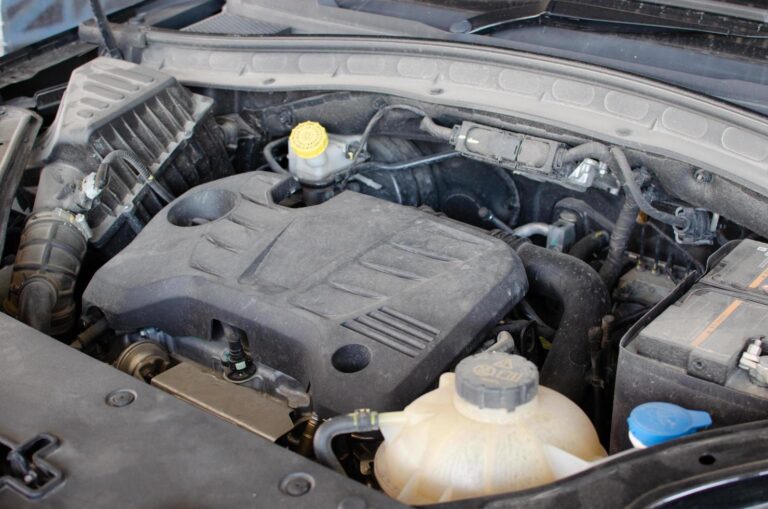
The Secret to Accurately Reading Tire Size
Many drivers ignore tire size as an important component of car maintenance. Considering tire size, on the opposite hand, is critical for ensuring that your vehicle is safe to drive and operates properly. I will cover all you need to know about tire sizing in this article, including tire terminology, learning to read tire size indications plus the significance of selecting the proper tire size for your vehicle.
In this article
Terminology of Tires
Before we get into tire size, we’ll go through some basic tire terminology:
- Aspect Ratio: The height-to-width ratio of a tire.
- Load Index: The maximum weight a tire can withstand.
- Speed Rating: The highest speed that a tire can safely bear.
- Tire Width: The width of a tire in millimeters.
- Rim Diameter: In inches, the diameter of the wheel that the tire fits on.
How to Read Tire Size Markings:
Tire-size markings can be found on the sidewall of the tire. The markings will typically look something like this: P215/60R16. Here’s what each part of the marking means:
P: The first letter indicates the tire type. In this case, “P” stands for passenger car.
215: The number following the letter indicates the tire width in millimeters.
60: The aspect ratio of the tire.
R: The letter “R” indicates that the tire has radial construction.
16: The rim diameter of the tire in inches.
Choosing the Right Tire Size:
For maximum performance and safety, selecting the appropriate tire size for your car is essential. The incorrect tire size can result in poor handling, lower fuel economy, and even accidents. Check your owner’s handbook or the Tire and Loading Information Label, which is found on the driver’s side door edge or post, to determine the proper tire size for your car. It’s worth noting that not all tires are made equal, and certain tire manufacturers may provide their own “plus sizing” suggestions. Although they may have a negative impact on handling and fuel economy, bigger tires are not always preferable.
Also, Read: Top Dual-Channel ABS Bikes in India
Tire Maintenance:
It is important that you regularly check your tires once you have determined the correct tire size for your vehicle. Tire maintenance may help extend the life of your tires and enhance the performance of your car. Here are some tire maintenance recommendations:
Regularly check your tire pressure: Underinflated or overinflated tires can cause poor handling, decreased fuel economy, and even accidents. Check the pressure in your tires at least once a month and before lengthy excursions.
Rotate your tires: Rotating your tires on a regular basis will assist maintain even wear and extend their life.
Check for wear and damage: Inspect your tires on a regular basis for indicators of damage, like uneven tread wear or sidewall cracks. Have your tires examined by a professional if you see any damage or wear?
Replace your tires when necessary: When the tread depth exceeds 2/32 of an inch or there is any damage or wear that cannot be rectified, tires should be changed.
Tire size can be perplexing, but understanding the fundamentals is critical for ensuring the safety and performance of your vehicle. We can make sure that you’re utilizing the correct tires for your needs by improving your ability to read tire size indications and select the correct tire size for the car you have. Try to keep your tires in good condition and replace them as required to maintain your car running smoothly.
Tire Size Conversion:
It could be necessary in some circumstances to convert tire sizes. For instance, when you’re investing in new tires and the size you’re looking for isn’t available, you might have to settle for a size that’s comparable. To convert tire sizes, follow these steps:
Convert from metric to inches: Divide by 25.4 and multiply the result by the aspect ratio to convert a metric tire size to an inch-wide tire. Then, in inches, add the rim diameter. A tire having a width of 215 millimeters, an aspect ratio of 60, and a rim diameter of 16 inches, for example, would be P215/60R16.
Convert from inches to metric: To convert an inch tire size to a metric size, multiply the tire width in inches by 25.4. The aspect ratio is then multiplied by the tire width and divided by 100. Finally, multiply by the rim diameter in inches. A tire having a width of 8.5 inches, an aspect ratio of 50, with a rim diameter of 17 inches, for example, would be converted to 225/50R17.
It’s crucial to remember that converting tire sizes should only be carried out when absolutely required, and you should always seek expert advice if you’re unclear about which tire size to use.
Conclusion:
Vehicle maintenance must not be neglected when it comes to tire size. You can assure maximum performance and safety by learning tire terminology, knowing how to read tire size indications, and selecting the correct tire size for your vehicle. To keep your car operating smoothly, keep your tires properly inflated and replace them as needed. If you have any queries or concerns concerning tire size, seek the assistance of an expert.




